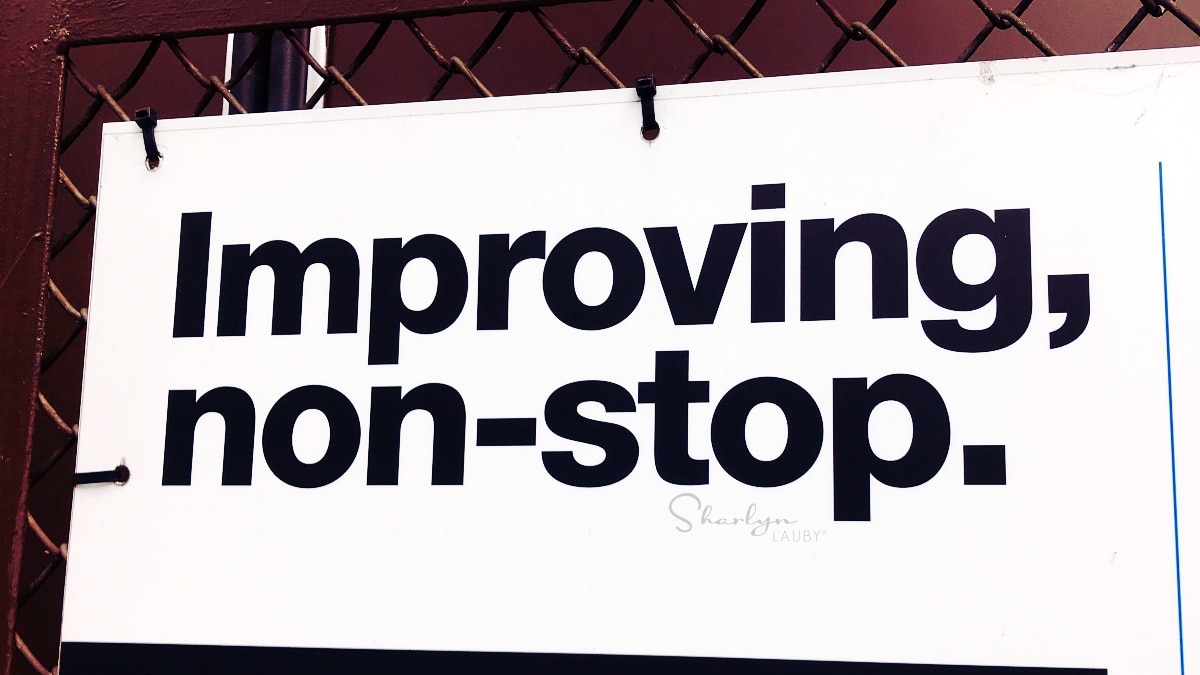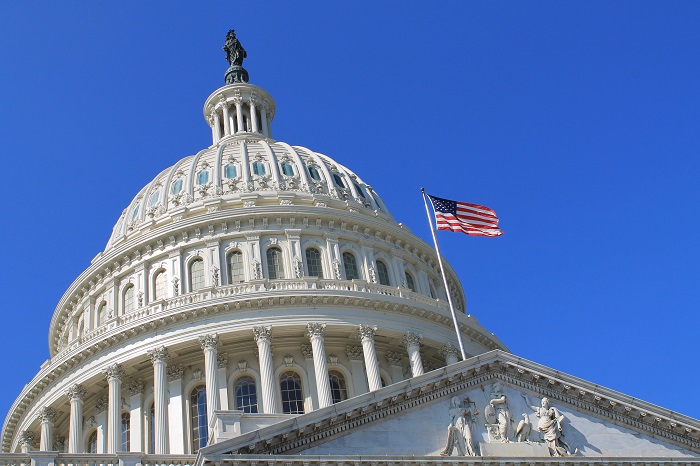India’s rapid population growth, urbanization, and socio-economic disparities have created distinct challenges in urban and rural areas. Planners need to address these problems for sustainable development.
1️⃣ Urban Problems
Urban areas, especially megacities and rapidly growing towns, face multiple issues due to overpopulation, unplanned growth, and resource pressure.
🔹 Key Problems
| Problem | Description | Planning Concern |
|---|---|---|
| Overcrowding & High Population Density | Cities are overpopulated, leading to congestion and pressure on services. | Efficient land-use planning, high-density housing design |
| Housing Shortage & Slums | Inadequate affordable housing → proliferation of informal settlements. | Slum redevelopment, affordable housing programs |
| Traffic Congestion & Mobility Issues | Narrow roads, rising vehicle ownership, poor public transport. | Integrated transport planning, public transit, pedestrian-friendly spaces |
| Pollution & Environmental Degradation | Air, water, noise pollution; loss of green spaces. | Environmental planning, waste management, green infrastructure |
| Water Supply & Sanitation | Shortage of potable water, inadequate drainage and sewage systems. | Water resource management, sewage treatment, stormwater planning |
| Infrastructure Strain | Overloaded electricity, health, and education services. | Upgrading utilities, decentralized infrastructure |
| Social Inequality | Unequal access to education, healthcare, and services. | Inclusive urban development, social housing, public facilities |
🔹 Planning Approaches
- Master plans with zoning regulations.
- Public transport networks and non-motorized transport corridors.
- Affordable housing schemes and slum rehabilitation.
- Pollution control, green spaces, and sustainable resource management.
2️⃣ Rural Development Issues
Rural areas face challenges related to poverty, resource dependence, and lack of basic infrastructure, which affect livelihoods and quality of life.
🔹 Key Issues
| Issue | Description | Planning Concern |
|---|---|---|
| Agricultural Challenges | Fragmented landholdings, low productivity, irrigation problems. | Land reforms, irrigation infrastructure, sustainable agriculture |
| Poverty & Unemployment | Dependence on agriculture; limited non-farm employment. | Rural industrialization, skill development programs |
| Housing & Basic Amenities | Inadequate housing, lack of water supply, sanitation, electricity. | Rural housing schemes, electrification, water & sanitation projects |
| Education & Health | Poor school and healthcare access. | Schools, primary health centers, skill training |
| Infrastructure & Connectivity | Poor roads, limited transport, weak communication networks. | Rural road development, public transport, telecom connectivity |
| Resource Degradation | Soil erosion, deforestation, water scarcity. | Natural resource management, afforestation, watershed development |
| Social Inequality & Migration | Gender disparities, marginalized communities, seasonal migration to cities. | Inclusive development, women’s empowerment, local employment generation |
🔹 Planning Approaches
- Integrated rural development programs (e.g., MGNREGA, PMGSY).
- Community-based natural resource management.
- Promotion of small-scale industries and rural entrepreneurship.
- Improvement of rural infrastructure: roads, schools, healthcare centers.
3️⃣ Comparative Overview
| Aspect | Urban Problems | Rural Issues |
|---|---|---|
| Population | High density, overcrowding | Low density, dispersed settlements |
| Housing | Shortage, slums | Basic, often substandard housing |
| Employment | Industrial & service sector pressure | Agriculture-dependent, limited non-farm jobs |
| Infrastructure | Water, sanitation, electricity overload | Lack of basic amenities and connectivity |
| Environment | Pollution, green space loss | Resource degradation, soil erosion |
| Social | Inequality, informal settlements | Poverty, illiteracy, gender disparity |
✅ Key Takeaways:
- Urban areas face problems of overcrowding, pollution, infrastructure strain, and social inequality.
- Rural areas struggle with poverty, lack of basic services, agricultural challenges, and resource management.
- Integrated planning is essential to balance urban growth and rural development, promote migration management, and ensure sustainable livelihoods.





















